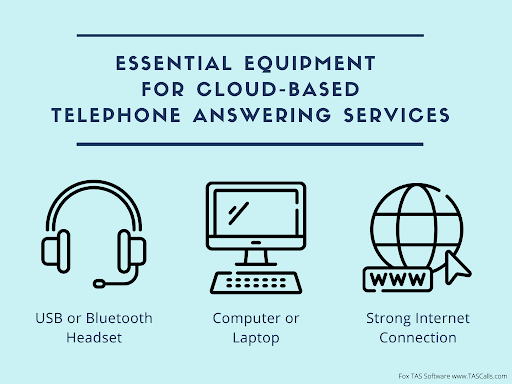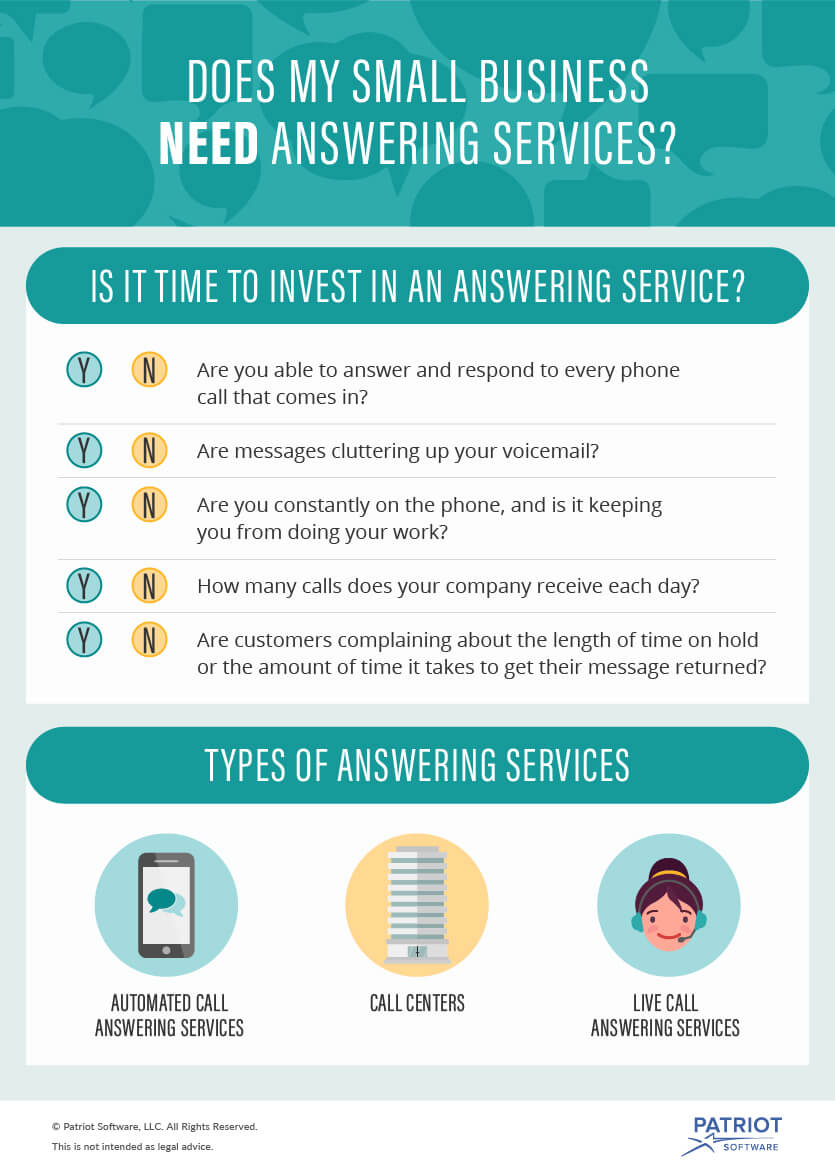All Categories
Featured
Table of Contents
- – What Is The Best What Is An Answering Service? ...
- – How Do I Choose A The Complete Guide To Phone ...
- – What Is The Best Benefits Of Answering Service...
- – What Is The Best Answering Services 101: Ever...
- – What Is The Best What Is An Answering Service...
- – The Best Phone Answering Services - Ruby Rec...
What Is The Best What Is An Answering Service? - Ruby Blog?
This gadget and its successors were created by Sava Jacobson, an electrical engineer with a personal consulting service. While early answering devices used magnetic tape technology, many modern-day equipment utilizes strong state memory storage; some devices use a mix of both, with a solid-state circuit for the outbound message and a cassette for the incoming messages.
"toll conserving" below) (virtual telephone answering). This is helpful if the owner is screening calls and does not wish to consult with all callers. In any case after going, the calling celebration needs to be informed about the call having actually been answered (most of the times this begins the charging), either by some remark of the operator, or by some greeting message of the little bit, or resolved to non-human callers (e.
This holds especially for the Littles with digitally stored greeting messages or for earlier makers (prior to the rise of microcassettes) with an unique limitless loop tape, different from a 2nd cassette, committed to recording. There have actually been answer-only devices with no recording capabilities, where the welcoming message needed to notify callers of a state of present unattainability, or e (reception services).
How Do I Choose A The Complete Guide To Phone Answering Services Service?

about accessibility hours. In recording Littles the greeting generally includes an invitation to leave a message "after the beep". An answering maker that uses a microcassette to tape-record messages On a dual-cassette answerphone, there is an outgoing cassette, which after the specified number of rings plays a pre-recorded message to the caller.

Single-cassette voice mail consist of the outbound message at the beginning of the tape and incoming messages on the remaining space. They first play the statement, then fast-forward to the next available area for recording, then tape-record the caller's message. If there are numerous previous messages, fast-forwarding through them can trigger a considerable delay.
This beep is frequently referred to in the greeting message, requesting that the caller leave a message "after the beep". Littles with digital storage for the taped messages do disappoint this delay, obviously. A TAD might offer a push-button control facility, whereby the answerphone owner can call the house number and, by entering a code on the remote telephone's keypad, can listen to recorded messages, or erase them, even when far from house.
What Is The Best Benefits Of Answering Service - Professional Services Brand

Consequently the machine increases the variety of rings after which it addresses the call (usually by two, leading to 4 rings), if no unread messages are presently kept, however answers after the set number of rings (normally two) if there are unread messages. This permits the owner to discover whether there are messages waiting; if there are none, the owner can hang up the phone on the, e.
Some machines likewise permit themselves to be from another location activated, if they have actually been turned off, by calling and letting the phone ring a specific large number of times (normally 10-15). Some company abandon calls already after a smaller number of rings, making remote activation difficult. In the early days of Little bits an unique transmitter for DTMF tones (dual-tone multi-frequency signalling) was regionally required for push-button control, given that the previously employed pulse dialling is not apt to communicate appropriate signalling along an active connection, and the dual-tone multi-frequency signalling was implemented stepwise.
Any incoming call is not identifiable with regard to these residential or commercial properties in advance of going "off hook" by the terminal equipment. So after going off hook the calls need to be changed to appropriate devices and just the voice-type is instantly accessible to a human, but maybe, nonetheless need to be routed to a TAD (e.
What Is The Best Answering Services 101: Everything You Need To Know ... For The Price
What if I informed you that you do not need to really get your device when responding to a consumer call? Somebody else will. So hassle-free, right? Responding to call doesn't need someone to be on the other end of the line. Efficient automated phone systems can do the trick simply as effectively as a live representative and sometimes even much better.
An automated answering service or interactive voice response system is a phone system that communicates with callers without a live person on the line - business call answering service. When companies use this innovation, customers can get the answer to a question about your organization simply by utilizing interactions set up on a pre-programmed call circulation.
Although live operators update the customer care experience, numerous calls do not need human interaction. A basic taped message or instructions on how a customer can recover a piece of info usually resolves a caller's instant need - virtual answering service. Automated answering services are an easy and efficient way to direct incoming calls to the best person.
What Is The Best What Is An Answering Service To Buy
Notice that when you call a business, either for support or product questions, the first thing you will hear is a pre-recorded voice greeting and a series of alternatives like press 1 for customer care, press 2 for questions, and so on. The pre-recorded choices branch out to other choices depending on the customer's selection.
The phone tree system helps direct callers to the ideal individual or department using the keypad on a smart phone. In some circumstances, callers can use their voices. It's worth noting that auto-attendant alternatives aren't restricted to the ten numbers on a phone's keypad. When the caller has actually selected their first option, you can design a multi-level auto-attendant that utilizes sub-menus to direct the caller to the best sort of help.
The caller does not need to interact with a person if the auto-attendant phone system can handle their issue. The automatic service can path callers to an employee if they reach a "dead end" and need help from a live representative. It is expensive to work with an operator or executive assistant.
The Best Phone Answering Services - Ruby Receptionist Services?
Automated answering services, on the other hand, are considerably cheaper and provide considerable cost savings at an average of $200-$420/month. Even if you don't have dedicated personnel to manage call routing and management, an automatic answering service improves efficiency by enabling your team to concentrate on their strengths so they can more efficiently invest their time on the phone.
A sales lead routed to customer care is a lost shot. If a consumer who has product concerns reaches the wrong department or gets insufficient answers from well-meaning employees who are less trained to manage a specific type of concern, it can be a cause of frustration and dissatisfaction. An automatic answering system can decrease the number of misrouted calls, thus assisting your staff members make better use of their phone time while maximizing time in their calendar for other tasks.
With Automated Answering Systems, you can produce a tailored experience for both your staff and your callers. Make a recording of your primary greeting, and merely upgrade it regularly to reflect what is going on in your organization. You can develop as numerous departments or menu choices as you want.
Table of Contents
- – What Is The Best What Is An Answering Service? ...
- – How Do I Choose A The Complete Guide To Phone ...
- – What Is The Best Benefits Of Answering Service...
- – What Is The Best Answering Services 101: Ever...
- – What Is The Best What Is An Answering Service...
- – The Best Phone Answering Services - Ruby Rec...
Latest Posts
Affordable Automated Answering Service Near Me ( Australia)
Tailored Live Receptionist Service
Hospitality Answering Service
More
Latest Posts
Affordable Automated Answering Service Near Me ( Australia)
Tailored Live Receptionist Service
Hospitality Answering Service